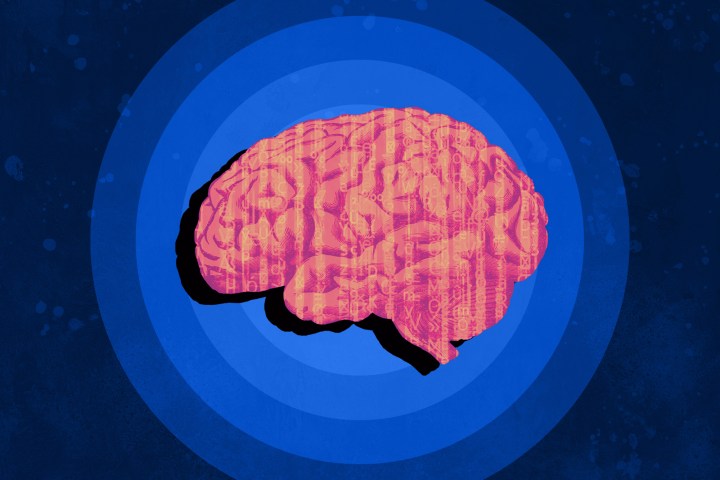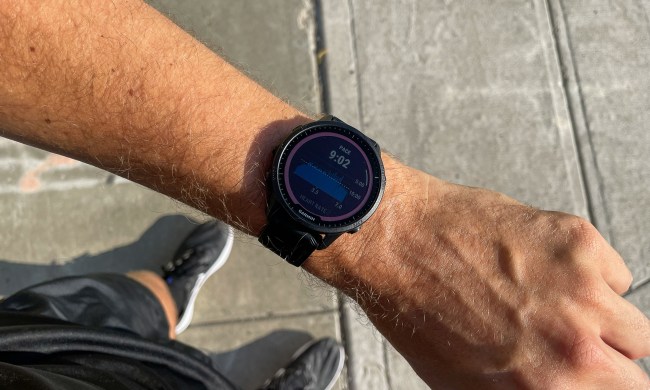In an age where all the world’s information is just a couple clicks away, it’s now possible to learn practically anything at any time of day — at least in theory. In practice, things aren’t so clear-cut. Despite the fact that we can access information whenever we want, our ability to absorb and understand that information isn’t quite as flexible. As it turns out, certain times of day are better for learning than others.
This is thanks to a complex array of physical processes, known as circadian rhythms, which regulate the timing of everything from our sleep to our digestion on a 24-hour cycle. They are also integral to how we process and retain information.
Circadian rhythms emanate from the suprachiasmatic nucleus (SCN), a small region in the anterior hypothalamus of the brain. Clock genes located in the cells of this master pacesetter are expressed at regular intervals. They coordinate the expression of genes in other cells in the brain and throughout the body, resulting in a remarkably predictable cascade of functions that determine our levels of arousal or wakefulness, and thus our ability to pay attention and inhibit irrelevant information. This in turn shapes how we create memories, integrate them into our existing knowledge base, and recall them over the course of the day.
Experimental disruption of circadian rhythms in animals like hamsters has resulted in severe deficits in memory formation. A similar effect has been observed in flight crews that regularly cross multiple time zones, resulting in chronic jet lag, a finding that dramatically underscores the importance of the circadian system in terms of cognition.
The optimal time for learning
Reams of research have found that certain times are better than others for learning—likely a consequence of energy availability. The formation of memories is an energy-intensive process and, depending on the hour, there may be more or less energy available for encoding information through the formation of new synapses.
In general, because executive functions such as inhibitory control are strongest at times of peak arousal, learning tasks like analytic problem-solving and declarative memorization that require the regulation of attention and exclusion of irrelevant information are best-suited to the morning hours.
“If what you’re trying to learn requires focus and attention to detail — solving a calculus problem, doing data science, writing an essay — you’re almost always better off doing that in the peak,” explains Daniel Pink, author of When: The Scientific Secrets of Perfect Timing.

Conversely, learning tasks that benefit from reduced inhibitory control, such as insight problem-solving and non-declarative or implicit memorization, are better-suited to the afternoon and evening hours when we are less aroused. The reduction of inhibition may facilitate the creation of connections with previous, seemingly unrelated knowledge.
This so-called time of day effect varies substantially across individuals and developmental stages. People can be roughly categorized as belonging to one of two chronotypes: Morning or evening. Morning chronotypes (larks) are most aroused in the early hours, while evening chronotypes (owls) are most aroused late in the day. In what is known as the synchrony effect, people typically learn best during their preferred hours.
Because of the synchrony effect, students often receive instruction at suboptimal times of day.
While these tendencies hold roughly true across a person’s life span, there are also age-dependent chronotypical trends. Children tend to favor mornings. With the onset of puberty, they shift toward an evening preference. By age 20, most people reach an equilibrium, with some strongly preferring the morning or evening for most of their adult lives and about 70% falling somewhere in the middle, likely leaning toward the morning. Then, around age 50, there is a further increase in morning preference in most of the population. The patterns discovered in younger people have enormous implications for education. Because of the synchrony effect, students often receive instruction at suboptimal times of day. That is: They are exposed to information at times when they are less able to effectively absorb it.
“For little kids, you can start school early. But for teenagers, one of the worst things you can do is start school early. In jurisdictions all over the U.S., teenagers are getting on buses at 6:30 in the morning, when they’re essentially comatose,” observes Pink. Indeed, the American Academy of Pediatrics advises that school start no earlier than 8:30 a.m. for adolescents. Most high schools start around 8 a.m., with a third starting even earlier.

Moving up start times still wouldn’t be enough to really optimize learning, though. To really avail ourselves of the research, subjects would need to be concentrated at the times when students are primed to engage with them. “We’re making eight-year-olds learn math at 2:30 in the afternoon, when the evidence is overwhelming that’s a very bad idea,” Pink notes. “We’re making 15-year-olds read Shakespeare plays at 7:45 in the morning when they can barely see straight.”
He cites a study on standardized testing in Danish children. Because only a certain number of computers were available, testing periods were staggered throughout the day. Children who took the tests later in the day performed far worse than those who took them in the morning, vividly illustrating the importance of synchrony with circadian preferences. Similarly, a study of a broad swath of Los Angeles students found poor testing performance on math for students who were taught in the afternoon. These seemingly singular effects actually have lifelong repercussions. Securing financial aid for higher education requires good test scores, meaning that the consequences of this misalignment are particularly acute for low-income students.
Beyond the classroom
Learning, of course, does not end after schooling. Adults learn throughout their lives, even into old age. An MRI study found that, in keeping with the synchrony effect, older adults were better able to maintain focus during the morning hours, matching the abilities of younger adults later in the day. Older adults have also been found to perform better on implicit memory tasks during evening hours.
Pink believes that this has implications in the workplace. “If a company has the same distribution of chronotypes as the regular population, that means 20% are night owls. If you have a regular morning staff meeting, you’re going to have 1/5 of the people in your company hating life,” he laughs. This could actually have serious ramifications: Depending on the type of information conveyed in that meeting, some staff may not retain it or process it efficiently. In other situations, as in the case of workers on call late at night, circadian desynchronization can actually be dangerous. Industrial accidents are far more common during the graveyard shift. The 1979 Three Mile Island nuclear incident resulted in part from the failure by a late-shift worker to remember an important safety procedure, for example.
Another component of the circadian cycle has a significant effect on learning as well: Sleep. The notion of “sleeping on” a decision is an ancient one. Henry VIII apparently once told an advisor he intended to do just that. (One can’t help but imagine the murderous king reclining his bloated form against a pile of velvet pillows and pondering his next spousal execution.) Sleep, of course, is important in far more mundane cognitive processes — that bit of folk wisdom has actually been validated experimentally. Research has demonstrated that snoozing before being tested on newly learned information enhances memory consolidation and integration with existing knowledge. Sleep deprivation has the opposite effect.
When it comes to learning, it turns out, timing really is everything. As we hurtle forward in this fast-paced digital age, keeping an eye on the clock might actually make the world a fairer, safer place for everyone.



